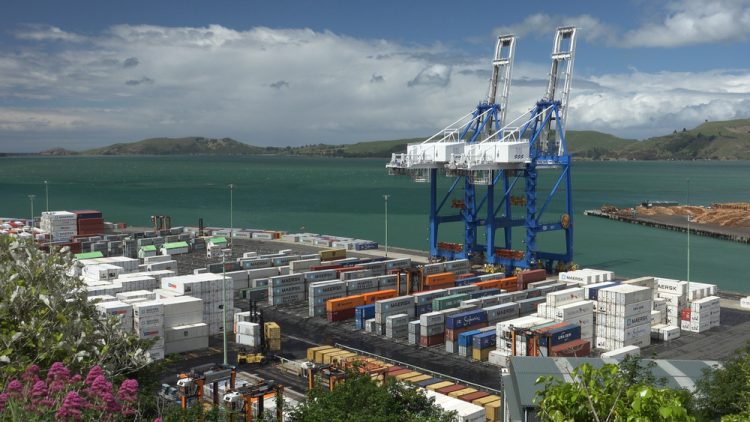国际贸易已从疫情中恢复过来,过去一年增长强劲。
律师事务所查普曼·特里普发布的 2021 年年度贸易趋势与见解报告显示,2021 年全球商品贸易增长了近 11%,此前在 2020 年下降了 5.3%。
报告说,贸易得到了所有主要经济体政府和中央银行提出的财政和货币刺激措施的支持,但仍有许多挑战需要应对,在许多情况下,解决方案仍然难以实现。
它说,世界贸易组织继续陷入困境,没有明确的途径可以解决美国提出的担忧和持续的更广泛的改革需求。
由于最新的 Covid-19 变体 Oicron,第十二届半年一次的世贸组织部长级会议推迟无济于事。
它说,美国政府的更迭消除了中美对话的热度,但严重的紧张局势依然存在,特朗普时代的大多数关税也是如此。
“拜登总统可能将美国带回全面进步的跨太平洋伙伴关系(CPTPP)帐篷的希望似乎可能会令人失望。”
新西兰的第三大和第一大贸易伙伴之间的关系解冻将是积极的。
新西兰面临的另一个挑战是需要更多地披露其对全球问题的反应,包括气候变化、对自然资源日益增长的压力以及越来越关注减贫、两性平等以及土著和工人权利。
报告指出,包括澳大利亚在内的一些司法管辖区已经通过了现代奴隶制法律,新西兰可能随之而来。
“《澳大利亚现代奴隶制法》捕获了在澳大利亚经营的合并收入超过 1 亿澳元的企业,这意味着许多新西兰公司被捕。”
来源:RNZ 新闻






























































